How Many Cups in a Bottle of Water?
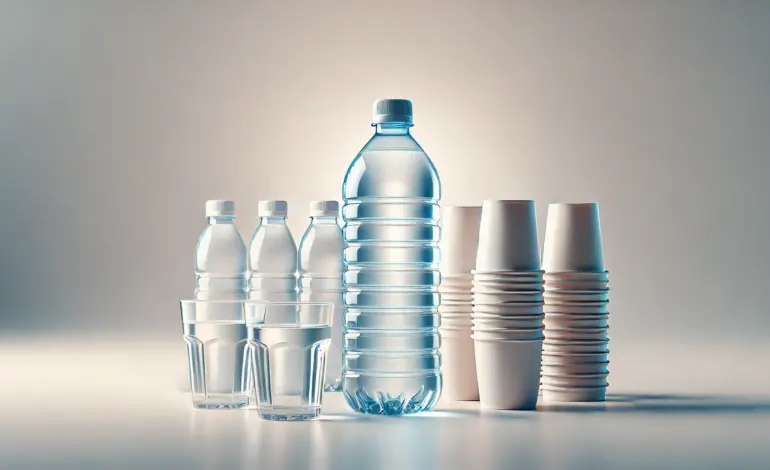
Converting a Bottle of Water to Cups
When it comes to understanding how much water we consume daily, knowing how to convert a bottle of water to glasses is essential. This knowledge is particularly useful for those who aim to monitor their daily water intake, cook with precision, or simply stay hydrated. In this comprehensive guide, we will delve into the process of converting a bottle of water into glasses, explore standard measurements, and discuss practical applications of this conversion.
Important Facts and Figures
- Plastic waste crisis: Americans buy 50 billion plastic water bottles every year, increasing the need to reduce consumption.
- Refillable water bottles come in various sizes to help reduce waste.
- Larger bottles like 40 oz hold 5 cups and are great for active individuals on long commutes.
- Smaller bottles, such as 14 oz (about 1.75 cups), are easier for children to hold and manage.
- Measurements: 8 ounces equals 1 cup.
- Common water bottle sizes and cup equivalents:
- 19 oz = 2.4 cups
- 24 oz = 3 cups
- 32 oz = 4 cups
- 40 oz = 5 cups
- Daily intake for adults is 64 ounces (8 cups).
- For children, ages 1-3 need 4 cups (32 oz), ages 4-8 need 5 cups (40 oz), and ages 9+ need 7-8 cups (56-64 oz).
- Health benefits of hydration: Drinking water helps remove toxins, improve joint function, and supports brain health and weight loss.
- Environmental impact: Using refillable bottles reduces reliance on fossil fuels and lowers pollution caused by single-use plastic production.
ALSo: Upgrade to iOS 18
Understanding Standard Measurements of a Bottle of Water
To accurately convert a bottle of water into glasses, it is crucial to understand the standard measurements involved. In the United States, a standard cup is defined as 8 fluid ounces. This measurement is widely used in recipes, dietary guidelines, and various other applications.
Definition of a cups in a bottle of water
A cup, in terms of fluid measurement, is equal to 8 fluid ounces. This measurement is a standard unit used in the U.S. for liquids, ensuring consistency and accuracy in various applications. Understanding this basic unit is the first step in converting a Flask of water into small glasses.
Common Sizes of a Bottle of Water
Water bottles come in various sizes, each containing a different volume of water. Here are some of the most common bottle sizes and their corresponding fluid ounces:
- 8 oz : A small, often used for mini or kid-sized servings.
- 12 oz : A mid-sized, commonly used for individual servings.
- 16.9 oz : The standard size for many single-use water bottles.
- 20 oz : A larger, often preferred by those who want to carry more water.
Conversion Basics: From Bottle of Water to Cups
Converting a Flask of water to Mugs involves a straightforward formula. By understanding this basic conversion, you can easily determine the number of glass in any given bottle of water.
Fluid Ounces to Cups Conversion
The fundamental conversion formula is: 1 small glasses= 8 fluid ounces. Using this formula, you can convert the fluid ounces in a Jug of water to the equivalent number of glasses. Let’s apply this formula to various common bottle sizes:
- 8 oz: Since 1 small glass equals 8 fluid ounces, an 8 oz bottle of water is equivalent to 1 cup.
- 12 oz: Dividing 12 fluid ounces by 8 gives us 1.5 cups. Therefore, a 12 oz bottle of water contains 1.5 cups.
- 16.9 oz: Dividing 16.9 fluid ounces by 8 gives us approximately 2.1 cups. Hence, a 16.9 oz bottle of water holds about 2.1 cups.
- 20 oz : Dividing 20 fluid ounces by 8 gives us 2.5 cups. Thus, a 20 oz contains 2.5 glass.
Calculating Cups of Water in Common Bottle Sizes
8-Ounce Water Bottle
An 8-ounce water bottle holds:
8 oz × 0.125 cups/oz = 1 cup.
So, an 8-ounce water bottle contains approximately 1 cup of water.
16-Ounce Water Bottle
A 16-ounce water bottle holds:
16 oz × 0.125 cups/oz = 2 cups.
Thus, a 16-ounce water bottle provides about 2 cups of water.
20-Ounce Water Bottle
A 20-ounce water bottle contains:
20 oz × 0.125 cups/oz = 2.5 cups.
Therefore, a 20-ounce water bottle holds roughly 2.5 cups of water.
1-Liter Water Bottle
A 1-liter water bottle holds:
1 L × 4.2 cups/L = 4.2 cups.
So, a 1-liter water bottle contains approximately 4.2 cups of water.
Practical Applications of Converting a Bottle of Water to Cups
Understanding how to convert a Jug of water to mugs has several practical applications in everyday life. From tracking your daily water intake to ensuring precise measurements in cooking and baking, this knowledge is valuable.
Why Is Water Bottle Size Important?
The size of your water bottle does matter as that may determine how much water you will end up drinking in a day. An adult should drink at least a half-gallon or 8 cups (64 ounces) of water a day.
If you’re active, you may need a full gallon. If you have a 32 oz water bottle, that is 4 cups, you would want to drink two of them to meet your consumption. That is far more simple to remember than some complicated formula.
Children: well, their requirement for water intake depends on age. Here are the suggested quantities:
- 1-3 years: 4 cups (32 ounces)
- 4-8 years: 5 cups (40 ounces)
- Older: 7-8 cups (56-64 ounces)
To give you a real-world example, if your nine-year-old has a 14 oz water bottle, they should drink four of those bottles to reach the suggested serving amount. Remember, if you have a toddler, the milk intake is included in the total.
ALSO: Latest technology innovations in the USA
Daily Water Intake Using a Bottle of Water
Health experts often recommend drinking a specific number of mugs of water per day to stay hydrated. Knowing how to convert a bottle of water to glasses helps you track your water intake accurately. For example, if the recommendation is to drink 8 small glasses of water a day, and you have 16.9 oz bottles, you would need to drink approximately 4 bottles to meet the daily requirement.
Cooking and Baking with a Bottle of Water
Many recipes require precise liquid measurements to achieve the desired results. Understanding how to convert a Jug of water to glasses ensures that you add the correct amount of water to your recipes, which is essential for consistency and accuracy in cooking and baking.
Importance of Precision in Cooking and Baking
Precision is key in cooking and baking. Unlike savory cooking, where you can often adjust ingredients to taste, baking is a science that requires exact measurements. The right balance of wet and dry ingredients is critical to achieving the desired texture, flavor, and appearance of your baked goods. Even a slight deviation from the recommended amount of liquid can significantly alter the outcome. This is where understanding the conversion of a Jug of water to small glasses becomes crucial.
Practical Conversion Examples
Let’s consider some practical examples to illustrate the importance of these conversions in the kitchen:
- Recipe Example 1: Baking a Cake Suppose you are baking a cake, and the recipe calls for 2 cups of water. You have a 16.9 oz bottle of water. By converting the fluid ounces to cups, you know that 16.9 fluid ounces is approximately 2.1 cups. This means one bottle is slightly more than what you need. Using the entire bottle might make your batter too wet, affecting the cake’s texture and bake time. To get the precise amount, you can pour out a little water or use a measuring cup to get exactly 2 cups from your bottle.
- Recipe Example 2: Cooking Rice Cooking rice requires a precise water-to-rice ratio. If a recipe calls for 3 cups of water and you are using 12 oz bottles of water, each bottle equals 1.5 cups. You would need to use two 12 oz bottles to get exactly 3 cups of water. Using less or more water can result in undercooked or overly mushy rice, which affects the dish’s quality.
Avoiding Common Mistakes
Common mistakes in converting water measurements can lead to recipe failures. For instance, using the wrong Jug size without converting can cause inconsistencies. If a recipe calls for 1 cup of water and you mistakenly use a 12 oz bottle (thinking it’s equivalent to a cup), you’ll end up with 1.5 cups, which is more than needed. This extra water can dilute flavors, change the texture, and extend cooking times.
Tips for Accurate Measurement
Here are some tips to ensure accurate measurement when using a Jug of water in your recipes:
- Measure Precisely: Use a liquid measuring cup to pour the exact amount of water needed from the bottle. This ensures you do not accidentally use too much or too little.
- Use Marking: Some water bottles have measurement markings on the side, making it easier to measure out specific amounts.
- Convert Before Pouring: Always convert the bottle size to mugs before pouring it into your recipe. This helps avoid any guesswork and ensures accuracy.
- Labelling: If you regularly use certain bottle sizes, consider labeling them with their cup equivalents. This can save time and reduce errors in the kitchen.
Visual Aids and Tools for Converting a Bottle of Water to Cups
Visual aids can be extremely helpful in understanding and remembering these conversions. Creating an info graphic that shows different Jug sizes and their equivalent in Mugs can be a handy reference. Additionally, there are many online tools and mobile apps that can quickly convert fluid ounces to mugs, which can save time and reduce the risk of errors.
Infographic for Converting
An info graphic visually representing the conversions of various Jug sizes to Mugs can be a practical tool. This visual aid can be displayed in your kitchen, office, or any place where you frequently measure liquids. It provides a quick reference and helps reinforce your understanding of these conversions.
Online Conversion Tools
Several online tools and mobile apps are available that can instantly convert fluid ounces to glasses. These tools are convenient and easy to use, ensuring that you always have accurate conversions at your fingertips. By using these tools, you can avoid manual calculations and ensure precise measurements.
Common Questions and Misconceptions
Despite the straightforward nature of converting a bottle of water to glasses, there are still some common questions and misconceptions that people have. Addressing these can help clarify any doubts and provide a better understanding of the conversion process.
How many cups are in 500 ml?
There are 2.113 cups in 500 milliliters. A US cup is part of the customary system, while milliliters (ml) belong to the SI metric system. You can easily convert between these systems using an online tool.
FAQ Section on a Bottle of Water
Are all water bottles the same size?
No, water bottles come in various sizes. The most common sizes are 8 oz, 12 oz, 16.9 oz, and 20 oz.
How do I convert different bottle sizes to glasses?
Use the basic formula: 1 glasses= 8 fluid ounces. Divide the number of fluid ounces in the bottle by 8 to get the number of glasses.
Why is it important to know this conversion?
Knowing this conversion helps in tracking daily water intake and ensuring accurate measurements in cooking and baking.
How many cups does a bottle of water have?
To find out how many cups are in a water bottle, just divide the ounces by 8. For example, if your bottle holds 24 ounces, that’s about 3 cups. You can use this formula to decide which size works right for your needs.
List of Cups:
19 ounces = 2.4 cups
24 ounces = 3 cups
32 ounces = 4 cups
40 ounces = 5 cups
How many cups of water are in a 16oz bottle?
A 16 fluid ounces bottle equals 2 cups. One cup is equal to 8 ounces. To find this, divide 16 by 8.
Is 1 bottle of water 16 oz?
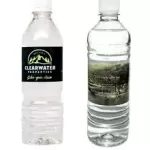
A 16.9oz bottle of water typically holds 16.9 fluid ounces. There are two styles of these bottles available.
Myths Debunked About a Bottle of Water
Myth: All bottles are labeled with their size in glasses. Fact: Most bottles are labeled in fluid ounces, not cups. You need to convert the measurement yourself.
Myth: You can use any bottle size for cooking measurements. Fact: Using precise measurements is crucial in cooking and baking. Using incorrect bottle sizes can lead to inaccurate ingredient proportions.
Understanding how many mugs are in a bottle of water is a simple yet valuable piece of knowledge. It helps in ensuring you consume enough water daily and aids in accurate cooking and baking. By knowing the basic conversion formula and common bottle sizes, you can easily make these calculations yourself.
In summary, converting a bottle of water to Tumblers is a practical skill that benefits your health, cooking, and overall lifestyle. By using the conversion tips and tools discussed in this blog, you can ensure that you are always accurately measuring and consuming water.
If you like it then visit our other interesting blogs: Midweek Boost: Inspirational Wednesday Quotes
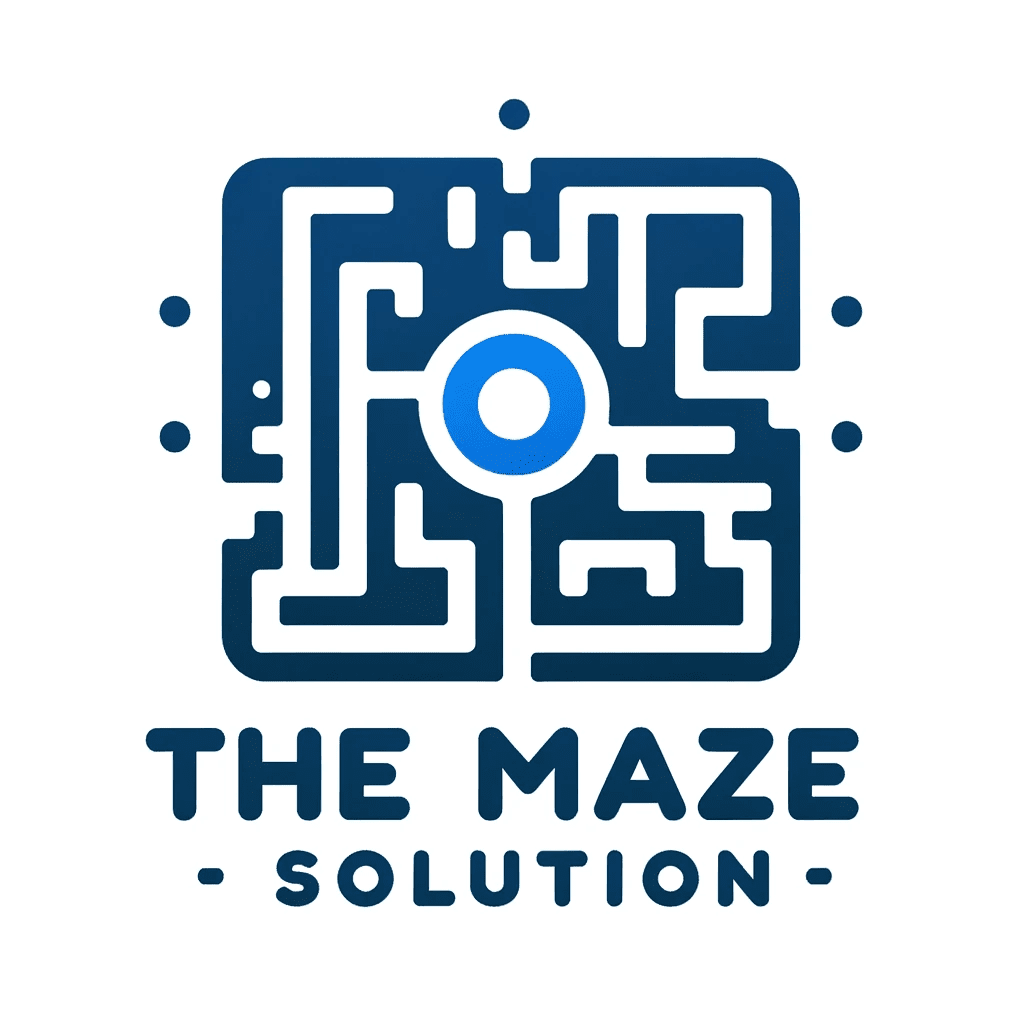

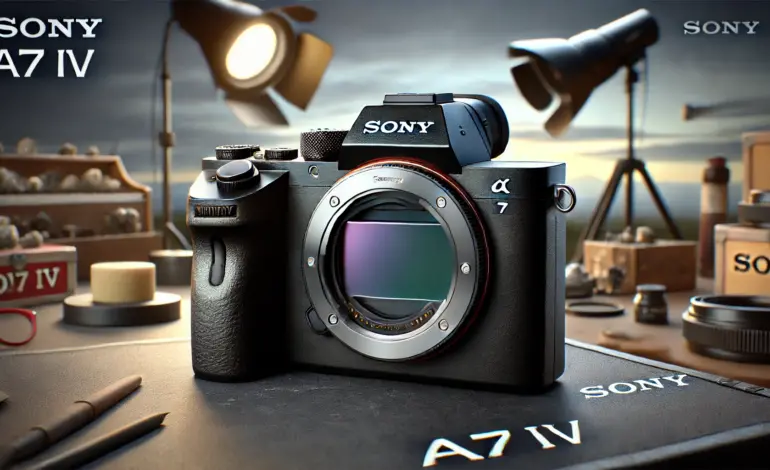
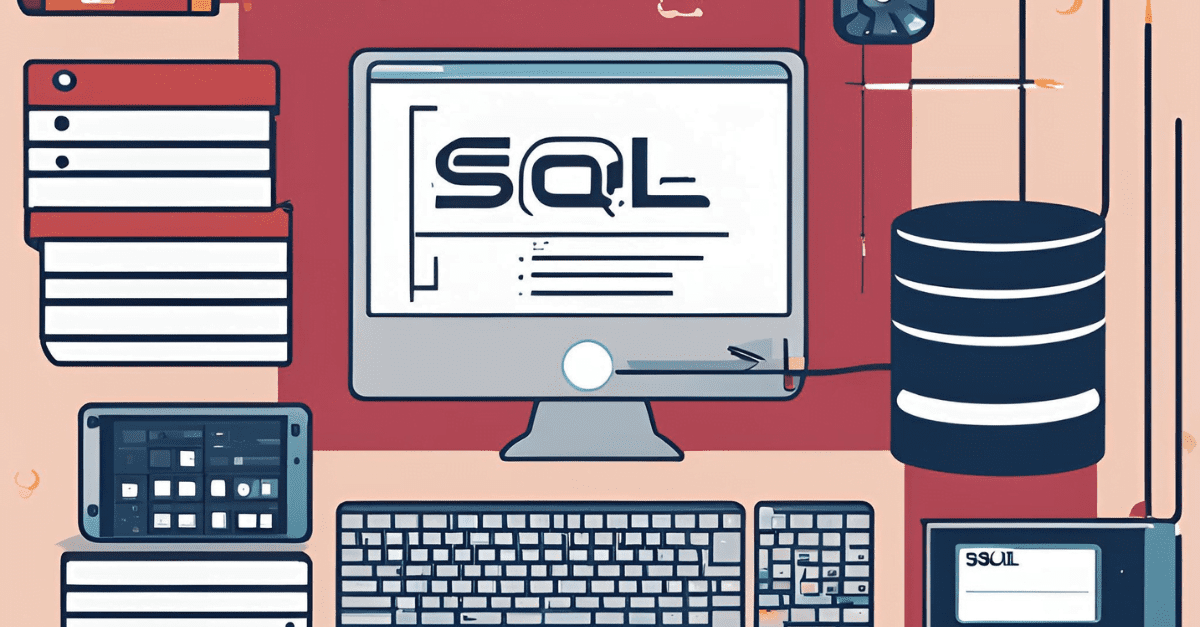


1 Comment
Hey people!!!!!
Good mood and good luck to everyone!!!!!